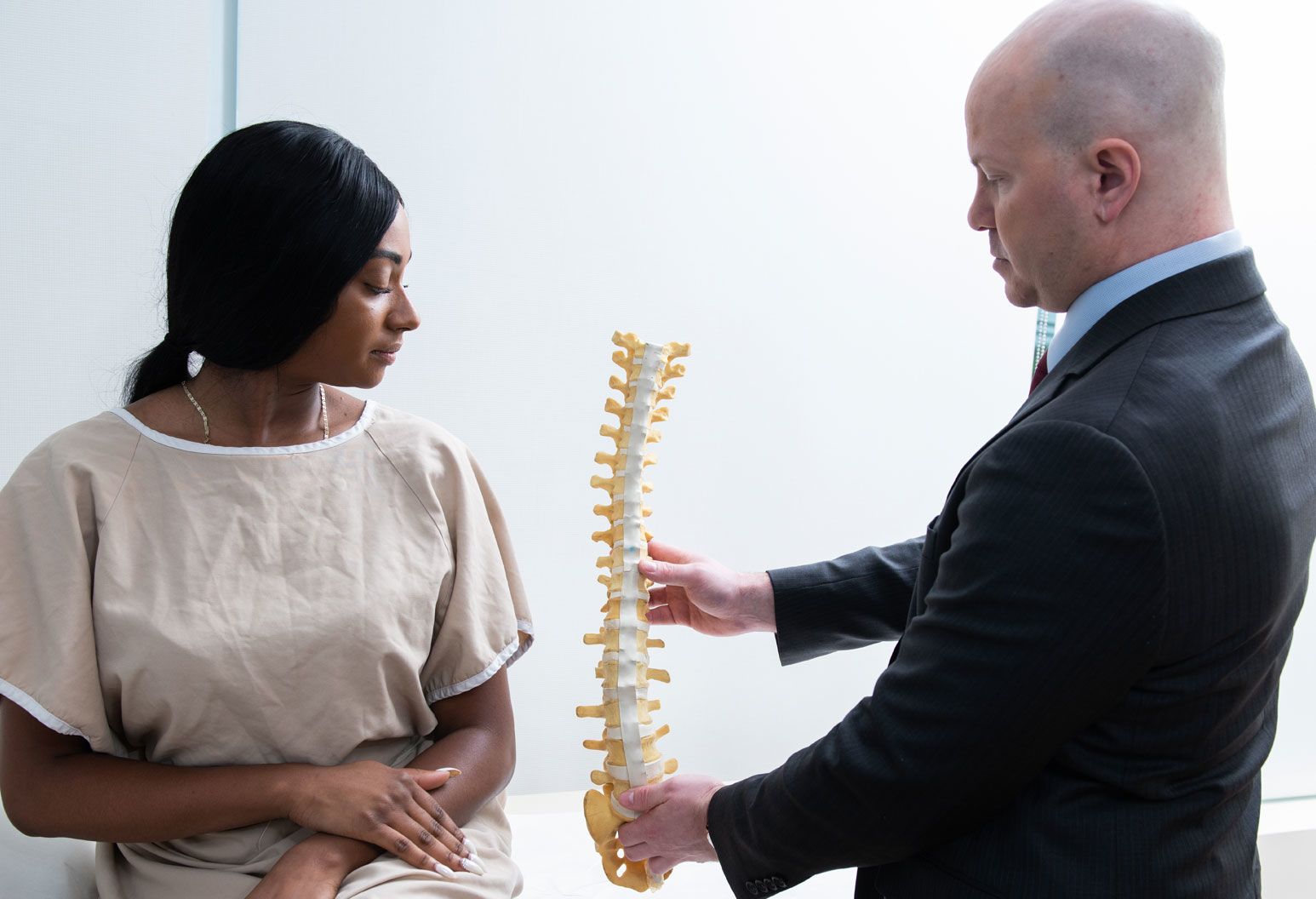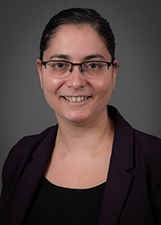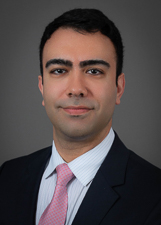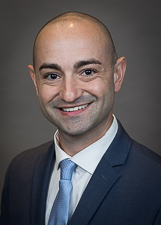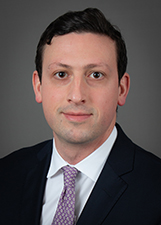Staten Island Spine Center

About us
At Staten Island University Hospital, we understand back and neck pain impact your quality of life—and can prevent you from doing what that you love. Our surgeons, members of Northwell's Spine Institute, collaborate with specialists in orthopedics, rehabilitation, physiatry and pain management to create care plans tailored to your condition and symptoms. Our multifaceted care includes innovative surgical and nonsurgical treatments, with state-of-the-art equipment and technology, including minimally invasive options.
-
-
Adult spinal deformity
-
Back and neck pain
-
Cervical radiculopathy
-
Chordomas
-
Disc bulging/herniation/slipped disc
-
Discitis
-
Kyphosis
-
Myelitis
-
Osteoarthritis of the spine
-
Osteoporosis of the spine
-
-
-
Revision spine surgery
-
Scoliosis
-
Spinal compression fractures
-
Spinal cord stimulation
-
Spinal cord tumors
-
Spinal deformities
-
Spinal malignancies
-
Spinal stenosis
-
Spondylosis
-
Trauma of the spine
-
We are an integral part of the Northwell Spine Institute, New York’s top destination for back and neck care. Our spine specialists are trained in comprehensive nonsurgical and surgical care and address your condition as a team—from general back and neck pain to the most complex spinal disorders.
Your treatment plan
We offer you an individualized evaluation and treatment plan based on:
- Your age, overall health and medical history
- Extent of the condition
- Your tolerance for specific medications, procedures and therapies
- Expectations for the course of the condition
- Your opinion or preference
Our treatments & services
Anterior cervical discectomy and fusion
Anterior cervical discectomy and fusion are spinal treatments that may be appropriate if you have a herniated disc in the cervical region of your spine. This common approach is an anterior cervical discectomy. It is an operation under general anesthesia in which a small incision is made in the front of the neck to gain access to the front of the spine. The disc along with its herniated portion is then removed to relieve the pressure on the nerve and spinal cord.
Intracept procedure
This minimally invasive, outpatient procedure targets the basivertebral nerve for the relief of chronic low back pain and does not involve an implant or change the structure of the spine. Clinical studies have demonstrated nearly immediate and long-lasting relief of back pain. Access instruments are guided through a small incision (3-5mm) to reach the basivertebral nerve. Radiofrequency energy, or heat, then ablates the basivertebral nerve to stop the transmission of pain signals.
Kyphoplasty
Kyphoplasty provides pain relief related to vertebral compression fractures due to osteoporosis and metastatic disease. This procedure usually delivers pain relief within several days and most patients experience satisfactory results. Balloon kyphoplasty can significantly reduce back pain, often shortly after the procedure. In addition to pain reduction, patients often experience an increased ability to return to simple, everyday activities such as walking, reaching, bending and lifting. The procedure may also restore vertebral body height. Patients often report improved mental and emotional health, vitality and social function.
Lumbar/cervical discectomy
Open discectomy removes the disc located between the vertebrae in the spine. The herniated portion of the disc is removed, as well as any additional abnormal portion of the intervertebral disc. This allows the nerve root to return to its normal position and orientation.
Minimally invasive microdiscectomy
If your pain is caused by a pinched nerve from a herniated lumbar disc, you may be a candidate for a microlumbar discectomy. This is done under general anesthesia in which a small incision (typically less than 1 inch) is made in the lower part of the back or neck. A window is made in the bone (laminotomy) overlying the nerve root and herniated disc. The herniated portion of the disc is removed as well as any additional abnormal portion of the intervertebral disc. This allows the nerve root to return to its normal position and orientation.
Spinal cord simulation
This technique is used to block the sensation of pain with an electrical device implanted in the body. It uses a mild current to replace the feeling of pain with a sensation similar to the feel of running water. Spinal cord stimulation is used when back surgery fails, for peripheral neuropathy (severe pain in the arms, legs, hands or feet), and when severe phantom limb pain follows amputations.
Spinal fusion
Your spine stability is dependent upon the combined function of the muscles, tendons, ligaments and bones that make up the spinal column. Sometimes, either because of abnormalities involving one or several of these components, the spinal column becomes unstable. In these cases, we use bone grafts to fuse the spine into a stable position—a spinal fusion. Spinal instrumentation involves placing a set of rods, hooks or screws into the spine in order to provide immediate stability until the bone graft fuses. For people with instability, the surgeon fuses adjacent vertebrae. Matchstick-sized pieces of bone may be used as bone grafts on the facets, or hockey puck-shaped plugs of bone may be placed between the vertebrae. Bones and bone grafts grow into one unit, stabilizing the vertebrae at that point of the spine.
Surgical decompression
If your symptoms are due to spinal stenosis (narrowing of the spinal canal) a laminectomy can alleviate your pain. This is done under general anesthesia. We remove the back part of the bone covering the spinal canal, over the narrowed area. This relieves compression on the nerve roots, positioning them in a less painful way. We also use a laminectomy when the disc is badly damaged and the surgeon needs greater access to perform a discectomy. If spinal stenosis is present, the surgeon may enlarge the foramen (opening between the vertebrae) to allow space for the nerve to exit.
Spondylosis treatment
The goal of spondylosis treatment is relief of pain and prevention of permanent spinal cord and nerve root injury. In mild cases, treatment is usually not required. Symptoms from cervical spondylosis usually stabilize or regress with simple, conservative therapy, including a cervical collar (neck brace) to restrict motion and nonsteroidal anti-inflammatory medications (NSAIDs). Cortisone injections to specific areas of irritation may also be helpful.
For severe cases, narcotic medicine or muscle relaxants may help to reduce pain. We may recommend surgical decompression of the spinal cord in the neck for severe back pain or for significant loss of movement, sensation or function.
Surgical procedures may involve removal of bone and disc tissue impinging on the nerves of the spinal cord and stabilization of the neck by fusing the cervical vertebrae.
Most people with cervical spondylosis will have some chronic symptoms, but they respond to nonoperative interventions and do not require back surgery.
Leadership
Ronit Gilad, MD
Chair - Chair of Neurosurgery, Staten Island University Hospital
Soriaya Lizette Motivala, MD
Vice Chair of Neurosurgery, Staten Island University Hospital

